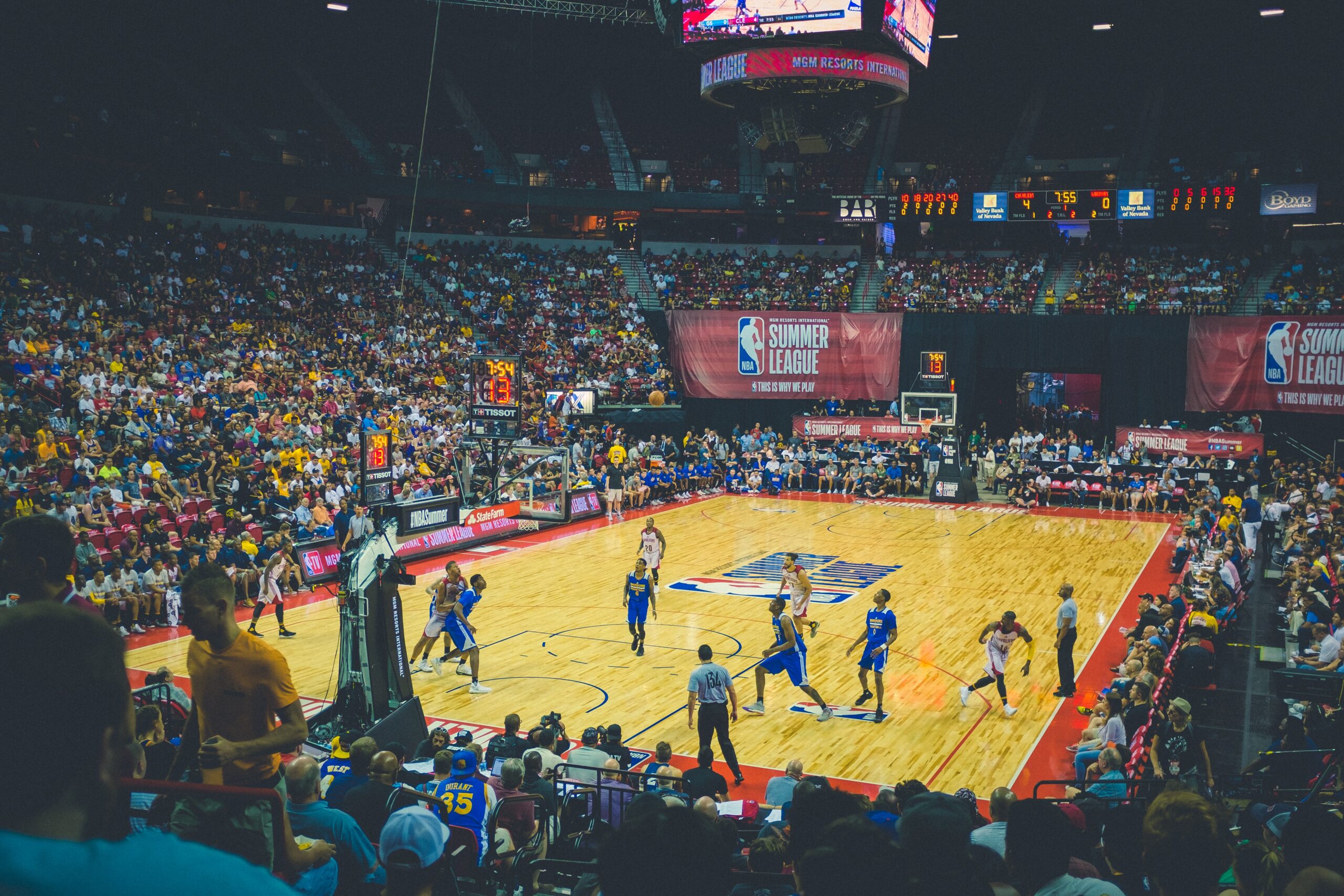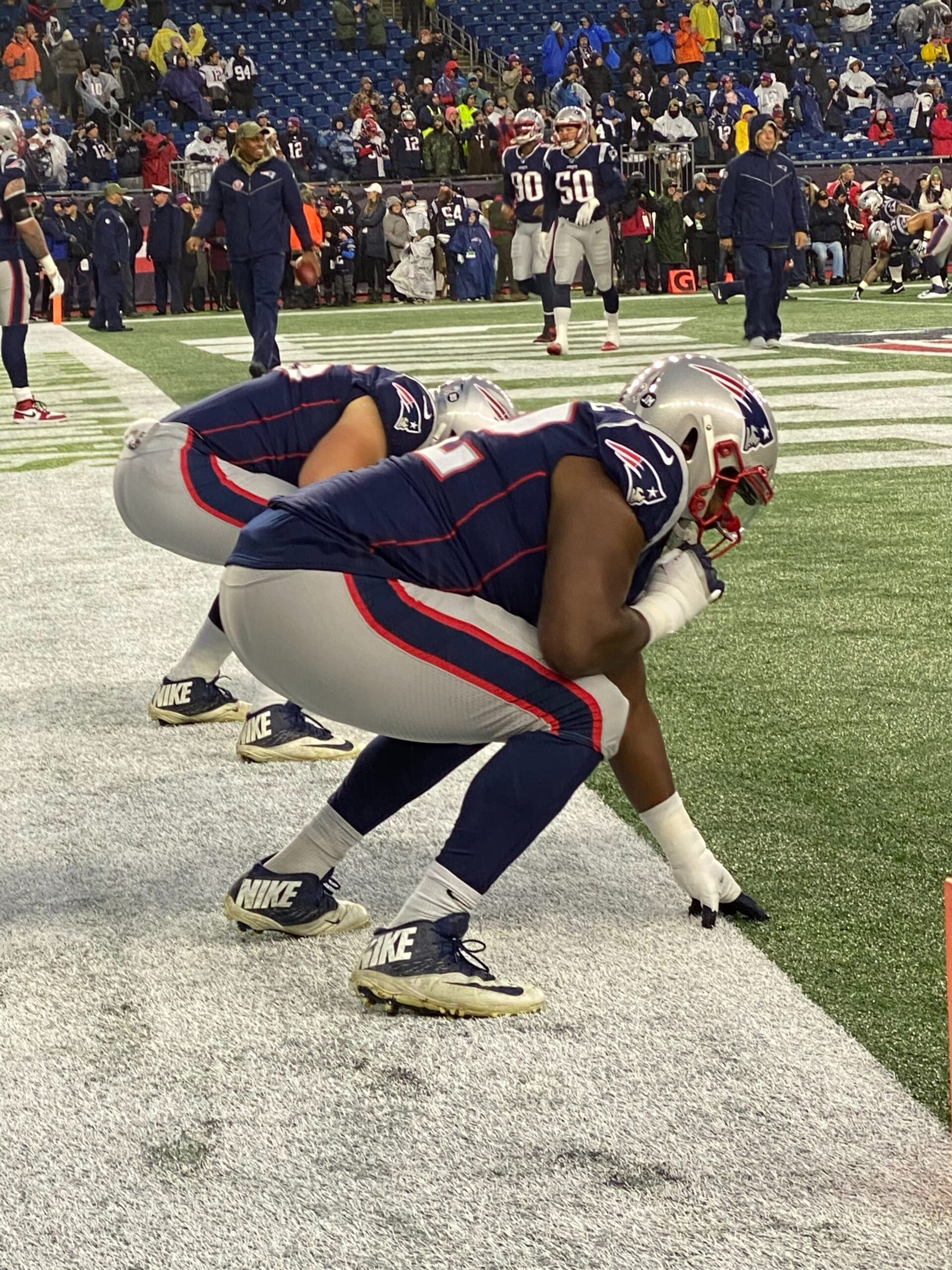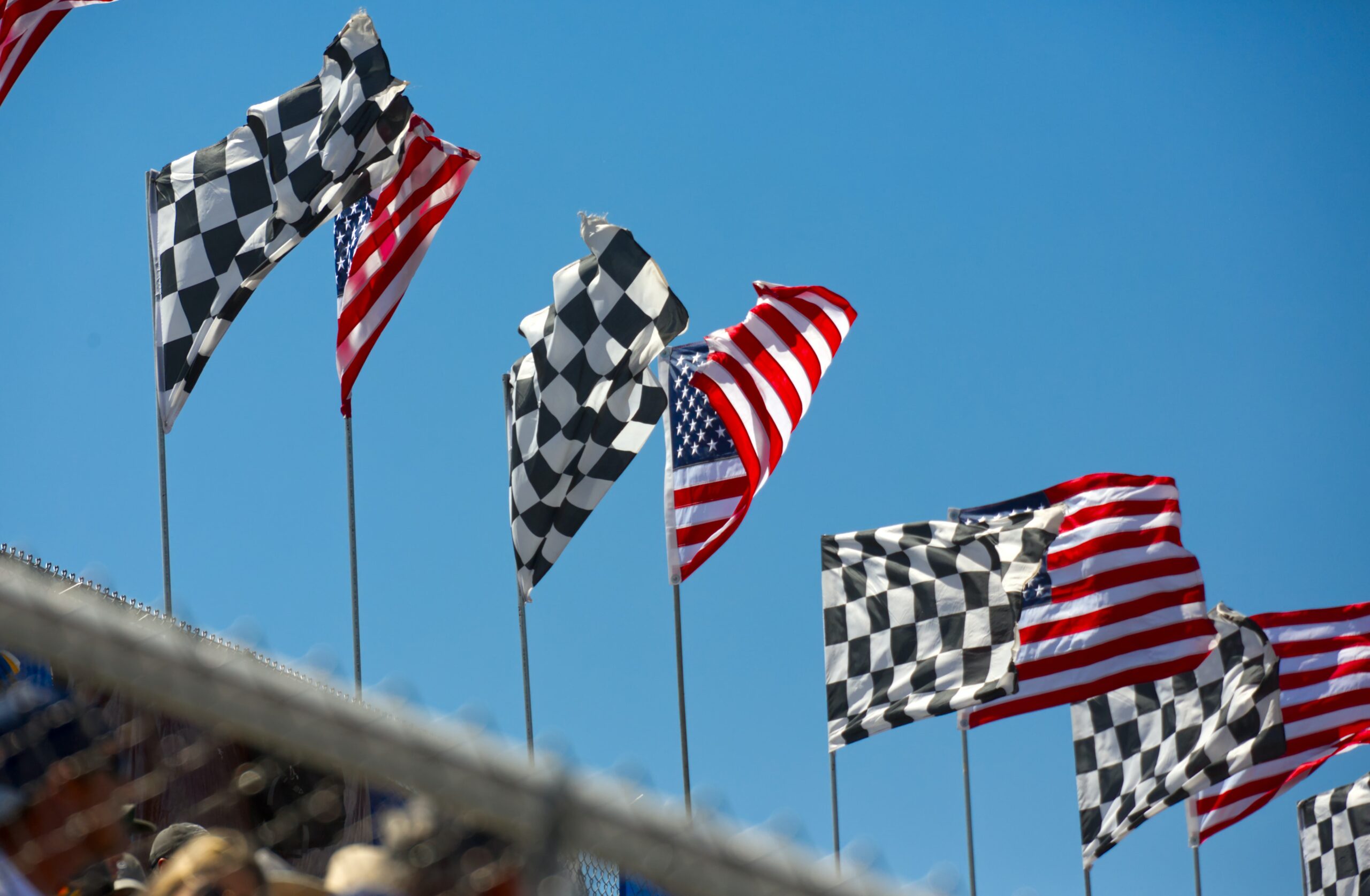What is the patchwork landscape of U.S. sports betting regulations? Federalized approximately seven years ago in May 2018, after the U.S. Supreme Court struck down the Professional and Amateur Sports Protection Act (PASPA), the sports betting industry continues to enjoy a strong showing nationwide.
The ruling ended the laws that had effectively banned sports betting across the country, except in locations like Nevada and a few other states that had limited exemptions. Now, states are able to introduce their own regulations that online gambling sites can follow to allow residents to place sports bets. Playing at an online casino is less widely available at the moment, although movement has taken place.
Still, the regulatory environment that is in place in the US is unlike anywhere else. It has been described as “patchwork”, as each state can vary significantly in terms of the laws that it sets. For example, states that are adjacent to each other or close geographically can still be very different to each other, even if crossing the border is possible.
How did the Supreme Court ruling create a patchwork design in regulations?
The Court’s decision in Murphy v. NCAA handed regulatory authority to individual states, allowing each to determine whether and how to legalize sports wagering within their borders. This created the patchwork design that has been witnessed, as many states took action to introduce their own regulations over a period of time.
While there have been many who have already done so, there are still some who haven’t. Among those who have, not all did it at the same time. Some states took a lot longer than others, while some immediately introduced legislation to allow sports betting. This has been the same for online casino gambling, although there has been more resistance so far.
Currently, 38 states, Washington D.C., and Puerto Rico offer legal sports betting in some form, with 30 states (plus D.C. and Puerto Rico) allowing online sports betting in 2025. Notable states where there are limitations posed on sports betting include California and Florida; the latter has had the activity legalized in the past, but there have been legal disputes about who controls the market.
To further highlight the patchwork design of sports betting across the United States, each state differs in regard to how it regulates it, how it taxes it, and offers licences and protections to residents. Most states will tax anywhere between 10% and 20%. However, there are others that have higher rates. For example, Delaware taxes gambling at 50%, with New York and Rhode Island enforcing a 51% tax rate. This can make it difficult for regulations to be standardized across the nation.
What are the key features of the patchwork system?
As highlighted, the landscape of the US’s sports betting regulations is best described as a patchwork system. The following features are evident in highlighting why this is:
- Autonomy: Each state (and tribal nation) has the autonomy to craft its own rules, leading to a diverse set of regulations.
- Geolocation Requirements: Due to federal laws like the Interstate Wire Act of 1961, online and mobile sports betting operators must ensure that bets are placed by individuals physically located within the state where the operator is licensed.
- Consumer Protections and Taxation: States have used sports betting legalization to generate tax revenue for public services, while also enacting consumer protection measures.
- Ongoing Legal and Legislative Changes: The regulatory environment remains fluid, with states frequently revisiting and amending their laws to address emerging issues and market dynamics.
Are there potential challenges and implications of a patchwork system?
Given that various components to a patchwork system can cause differences across the entire nation through the autonomous nature of each individual state, it is possible that certain challenges can be presented. On the flip side, it is also possible to argue that several opportunities can also arise, which is perhaps why the US has opted for this method and not gone for a singular approach.
Operators may find that there are specific challenges that they need to overcome when trying to operate in the US. For example, each state possesses different regulations that could make it difficult for them to offer a comprehensive or standardized service. At the same time, they may find some markets more favorable than others due to the taxes that need to be paid.
In contrast, states may find it more favorable to themselves than those in the industry because they can tailor the regulations that they create to meet the needs locally, rather than nationally. The revenue generated can then be used to improve the community and infrastructure or towards projects that target sustainability and growth, as well as innovation and other advancements that can improve the lives of residents.








